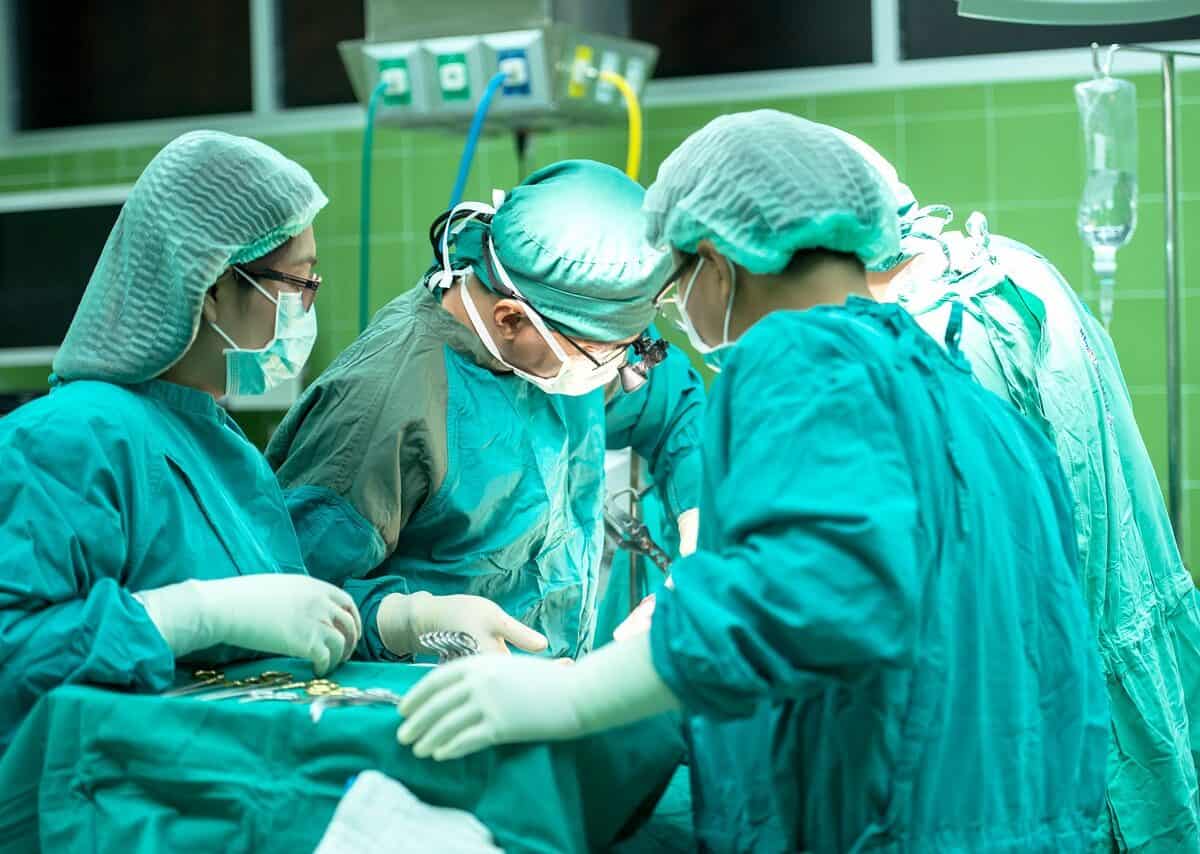An international research team led by Melbourne-based Monash University has devised a new technique it believes could speed up recovery from bone replacements by altering the shape and nucleus of individual stem cells.
The project also involves the Melbourne Centre for Nanofabrication, CSIRO, the Max Planck Institute for Medical Research in Germany, and the Swiss Federal Institute of Technology in Lausanne.
Jointly, they have developed micropillar arrays using ultraviolet nanoimprint lithography that essentially ‘trick’ the cells into becoming bone.
Micropillars are 10 times smaller than a human hair
According to the researchers, nanoimprint lithography allows for the creation of microscale patterns with low cost, high throughput and high resolution.
When implanted into the body as part of a bone replacement procedure, such as a hip or knee, these ‘micropillars’ – which are 10 times smaller than the width of a human hair – change the shape, nucleus and genetic material inside stem cells.
Using this approach, the research team discovered four times as much bone could be produced compared to current methods.
“What this means is, with further testing, we can speed up the process of locking bone replacements with surrounding tissue, in addition to reducing the risks of infection,” said Associate Professor Jessica Frith from Monash University’s Department of Materials Science and Engineering.
Study will now advance to the next stage of testing
“We’ve also been able to determine what form these pillar structures take and what size they need to be in order to facilitate the changes to each stem cell, and select one that works best for the application.”
Researchers are now advancing this study into animal model testing to see how they perform on medical implants.
Engineers, scientists and medical professionals have known for some time that cells can take complex mechanical cues from the microenvironment, which in turn influences their development.
Professor Nicolas Voelcker, from the Monash Institute of Pharmaceutical Sciences and Director of the Melbourne Centre for Nanofabrication, said the study results confirm micropillars not only impacted the overall nuclear shape but also changed the contents of the nucleus.












